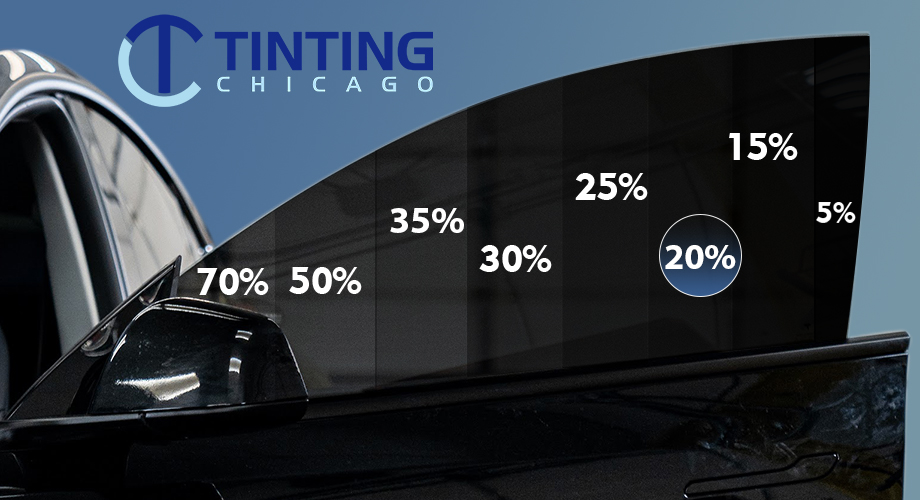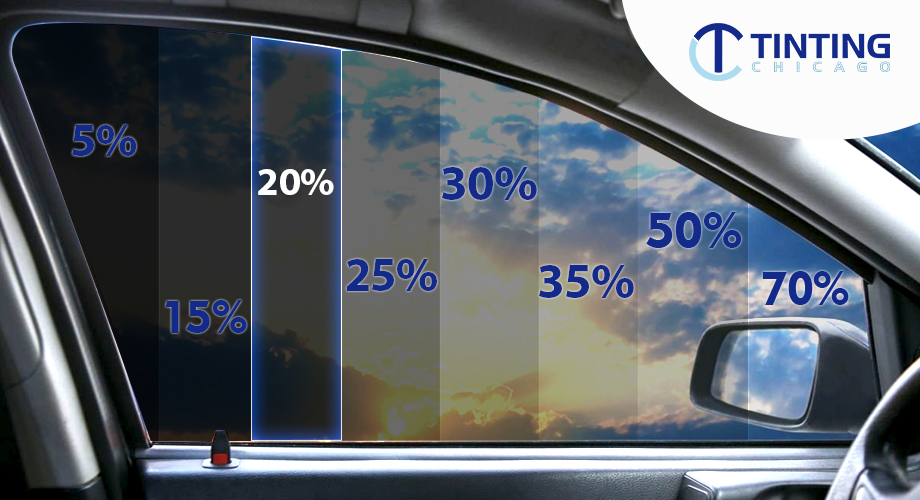



































































































































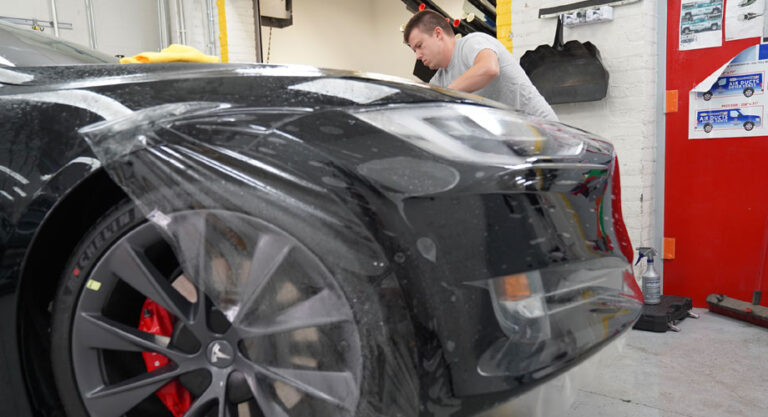
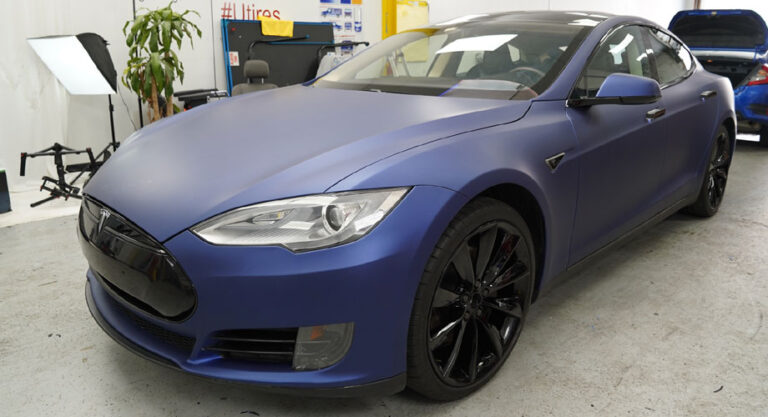




















































































































































You will hardly find a car owner who has never applied window tints to their vehicles. Tinting is one of the most popular auto upgrades. Some use it to give their cars a stylish look, and others value tints for the practical advantages and comfort they bring. Modern films for window tinting perfectly cope with both tasks. Still, many clients find it tricky to choose the right tint shade. VLT (visible light transmission) levels range from 5% to 70%. Quite often, customers ask for a 20% window tint. Let’s explore what makes it popular and whether it’s really a decent option.

How dark is 20% window tint?
Many people think a 20% window tint blocks only 20% of sunlight. Actually, it’s the opposite – it lets in only 20% of visible light and blocks the remaining 80%. It’s one of the darkest tint options. On the window tint scale, 5% is the darkest (also called “limo tint”), and 70% is very light and hardly noticeable.
- From the outside, a 20% tint gives your car a really dark look. People cannot see inside, especially in daylight or when your car has a lighter exterior. The windows may look almost black from certain angles.
- From inside the car, visibility is still good during the day, but things outside look considerably darker. Colors seem slightly muted, and in the evening or at night, the visibility seriously drops.
You can find 20% tint in different materials – ceramic, carbon, dyed, or metallic films. Each has its pros and cons. Ceramic tint offers the best heat protection and durability, but is also the most expensive. Full car installation for 20% tint usually costs $200 to $500, depending on the film type and installer.
When a 20% window tint is a good choice
Drivers choose a 20% window tint for privacy and style. Its darkness offers excellent privacy for areas of the car that don’t require the same visibility as the front. For drivers who carry valuable gear or simply enjoy privacy, this level of tint works well. You can often see a 20% tint used in these places:
- Rear side windows. A darker tint keeps passengers and belongings private and blocks heat and sun.
- Back windshield. It cuts down glare and gives the car a sleek look.
- SUVs, trucks, and vans. Many come with factory tint close to 20% on back windows. Owners often choose the same shade to match other windows, if allowed by local laws.
A good 20% tint can block up to 65% of heat. It means less air conditioning and better fuel efficiency. Plus, if you park outside, you will enjoy a cooler car. Another major benefit is UV protection. 20% tints block about 99% of harmful UV rays. It also reduces glare from sunlight and headlights and makes it easier and safer to drive, especially at sunrise or sunset.
And of course, it looks great. A 20% tint gives your car a stylish appearance that many drivers love, especially on darker-colored vehicles.
When a 20% window tint is a bad decision
Before you install a dark film in Chicago, you should know its downsides:
- Night visibility. This film blocks 80% of outside light, and drivers can feel uncomfortable or even unsafe driving at night on dark or poorly lit roads. If you already struggle with night driving or have vision issues, avoid a 20% tint.
- Legal concerns. Many states have laws about how dark your front windows can be, and 20% often falls below the legal limit. If you install a dark film, you can get tickets, fines, or will even have to remove it to pass inspection. Laws are different across the US, so take this into account if you travel often.
- Resale value. Not all buyers like dark tint, especially if it’s worn or faded. Poor-quality tints can bubble or change color over time, and affect the look and value of your car.
Also, remember about an adjustment period. New users often need time to get used to the darker view, especially when parking, driving in tunnels, or during cloudy weather.
our latest news!
A reasonable alternative to a 20% window tint
If you feel 20% tint windows may be a little too dark, 35% tint is a perfect compromise. It offers many of the same benefits – privacy, UV protection, and heat control – but without some of the common drawbacks.
A 35% tint blocks sunlight very well, but lets in more natural light, so it doesn’t feel overly dark. You’ll still get excellent ultraviolet protection. And if you choose a prime ceramic film, your car will stay cooler on hot days.
What really makes 35% a winner is that it’s legal in most states, especially for front windows. A lot of people go for a mix – darker tint on the back windows, and 35% on the front to stay within the law. If you want a great blend of style, comfort, and compliance, you may also consider this solution.
DIY vs. professional window tint installation
Auto stores offer DIY tinting kits at an attractive price. It costs between $50 and $100. However, it may bring more headaches than savings. Without the right tools and a dust-free environment, it’s easy to make mistakes. It’s harder to cut the film to fit precisely than it looks, and even a small speck of dust can lead to visible bubbles or peeling. Applying adhesive evenly is also tricky. You will hardly achieve a flawless finish around curved windows and door panels. Even if the job looks decent at first glance, many DIY tints bubble, fade, or turn purple within a few months. And what’s worse, there’s usually no warranty for DIY projects.
In contrast, professional installation ($200–$500) offers quality and peace of mind. Looking for tinting experts near me in Chicago, IL? It’s Tinting Chicago, a professional team of installers. We offer high-quality films and techniques that resist fading and bubbling. We computer-cut films for perfect fits and work in clean environments to avoid contamination. Most importantly, our specialists understand local tint laws and will help you choose a legal, effective option. Plus, we provide warranties for all the services and the films we install. In the long run, professional tinting offers far better value and durability than DIY attempts. Call us for more!
What is a 20% window tint?
This film lets in just 20% of visible light and blocks the other 80%. It’s dark and stylish-looking, but not allowed in many states. Plus, 20% window tint at night is not recommended for safety reasons.
Can I use 20% tint all around on my car?
It depends on where you live. In most states, you can legally use 20% tint on rear windows, but front windows often require a lighter tint (usually 35% or higher). Check your local laws before installation.
20% tint on windshield – is it allowed or not?
No, 20% tint is not allowed on windshields anywhere in the US. Most states only permit a non-reflective tint strip at the very top of the windshield (usually 5-6 inches).
Is 20% tint legal for front windows?
In most states, 20% is too dark for front windows. Only a handful of states, like Mississippi and New Mexico, allow tint this dark on front windows. In Illinois, you need 35% or lighter for driver and passenger windows.
Can you use 20 percent tint on side windows?
You can use a 20% tint for rear side windows in most states. However, it’s not allowed for front side windows, except for a few states. The majority require 35%, 50%, or even 70% light transmission for front side windows. In Chicago, IL, it’s 35%.


























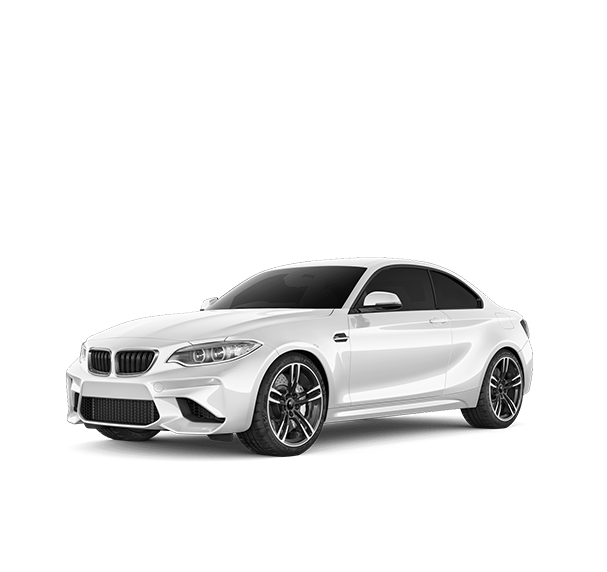
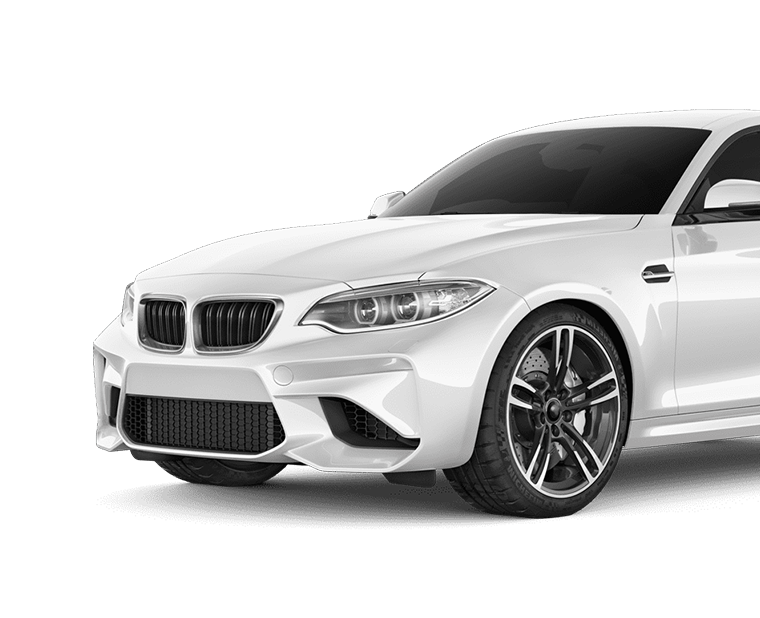
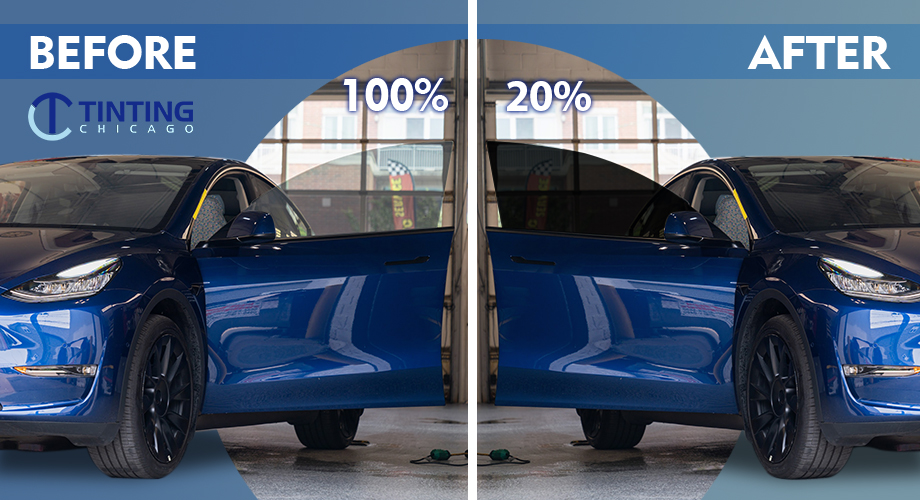
 Send a message
Send a message Send a message
Send a message